Teaching Students to Study Characters

Why Teach Students to Study Characters?
Teaching students how to study characters is an essential part of their literacy education.
Understanding the different aspects of a character’s personality, motivation, and transformation can help students better understand all the other elements of a story, as well as the author’s overall message.
No matter what I read with students, the characters will always be a heavy part of the discussion. It helps the students connect with the text, and engage more deeply with the story.
Read on to discover how 3 key areas of character study can make your reading lessons even more powerful.
Defining a Character's Traits

The first step in studying characters is to identify their traits.
Character traits are the individual qualities that make each character unique.
While traits can be physical, when we teach students to study characters, we are asking them to look at the character’s personality and behavior.
What is the Character's Motivation?
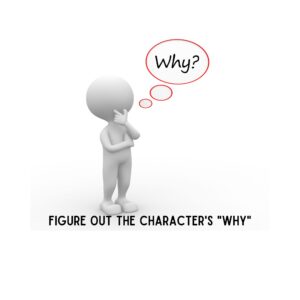
The next step in a character study is to examine the character’s motivation – the reason or reasons that explain why the character acts as they do.
Are they acting out of jealousy or fear? Do they make a choice based on a need for acceptance? Is greed a motivator?
When the reader understands motive, they can develop a deeper understanding of the character, as well as the transformation the character undergoes.
How (and Why) Does the Character Change?
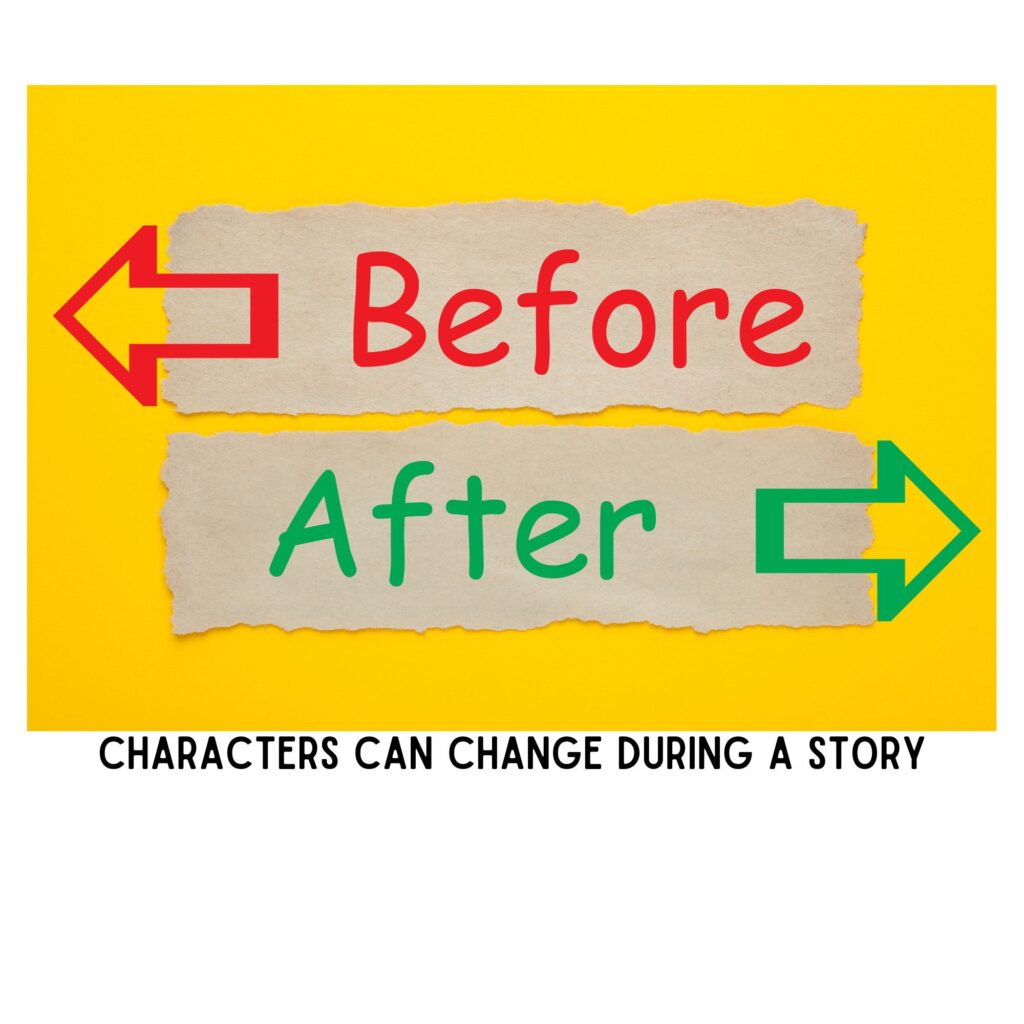
Finally, it’s essential to study how a character changes throughout the story.
Does the character start out as a shy, introverted person and then become more outgoing?
What lesson does the character learn by the end of the story?
And the big question: What causes the change in the character?
If you ever want a student to be able to identify the theme of a story, they must first be able to recognize how and why a character changes throughout a text. Character transformation helps points us to the author’s message.
Understanding how to study characters is a powerful tool in our student’s literacy toolboxes.
Teaching them to understand character traits, motivation, and transformation will help them develop critical thinking and analytical skills that will serve them well throughout their academic career.
Resources to Help Students Study Characters
Related Posts About Character Studies
- Character Motive/Motivation
- Character Traits
- Character Change/Development

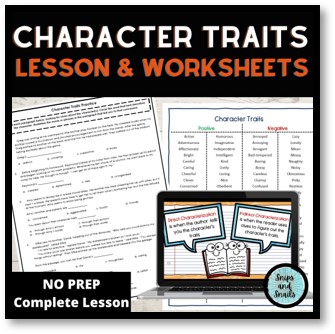


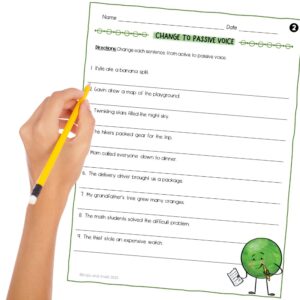
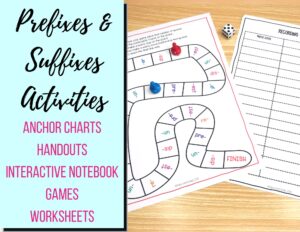
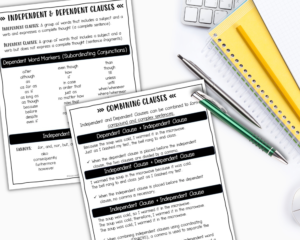
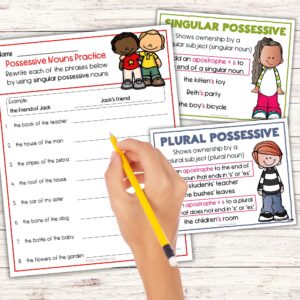
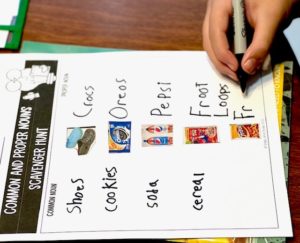

One Response